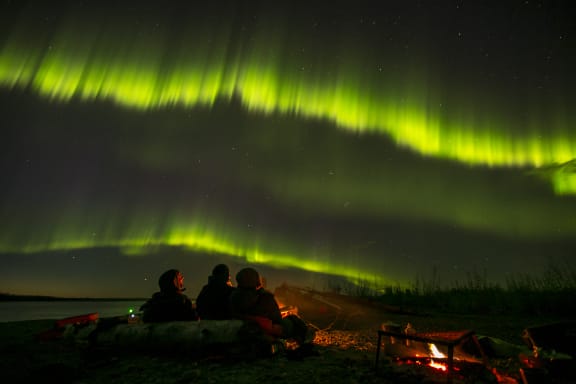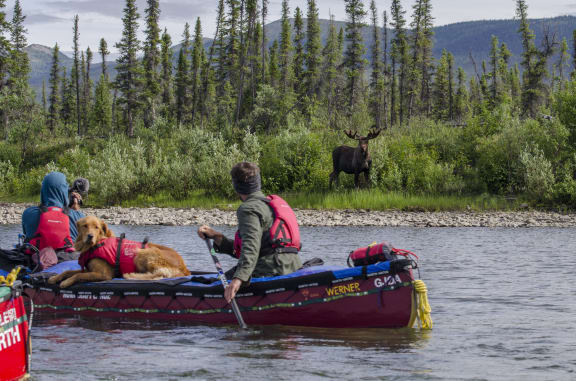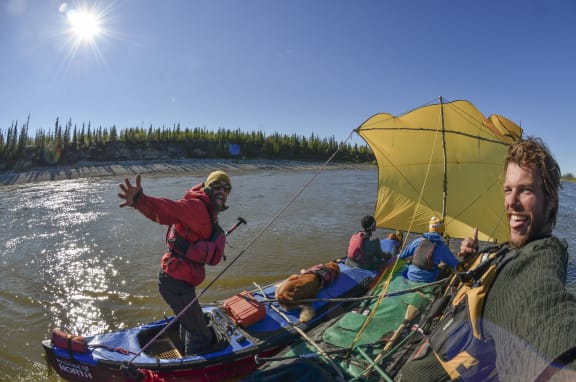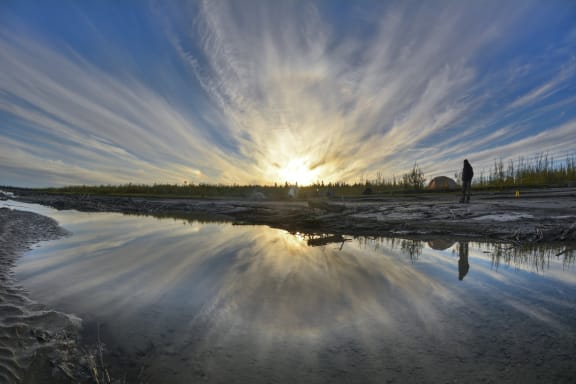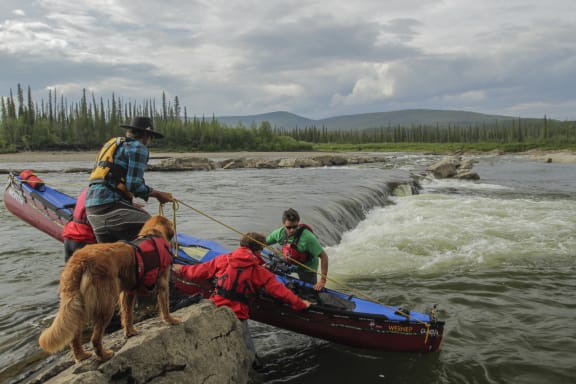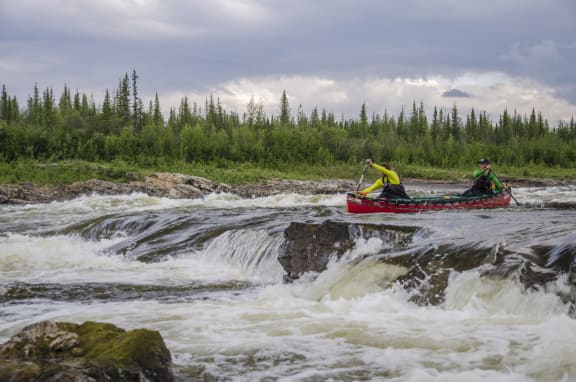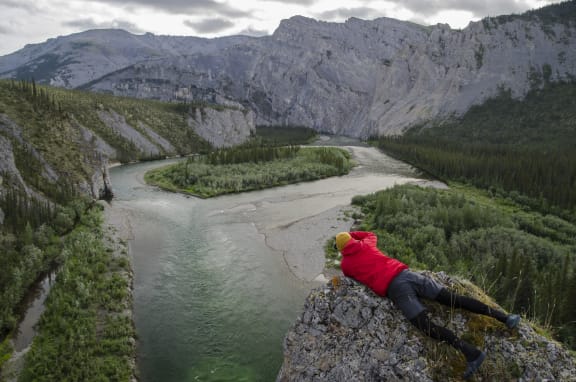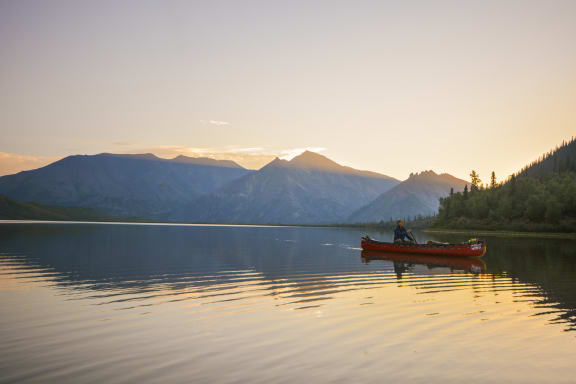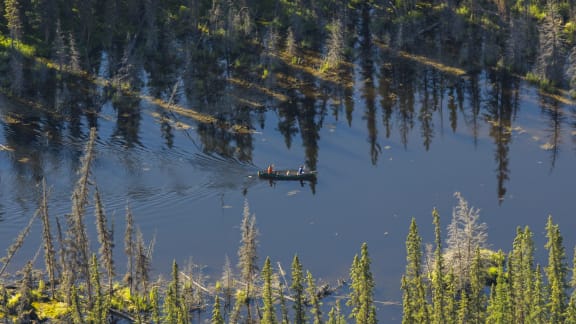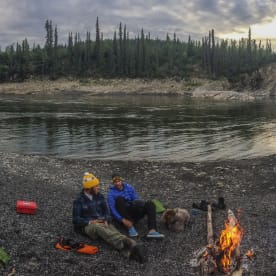What started as a group of mates keen for an adventure turned into a quest to protect an untouched wilderness.
New Zealanders Simon Lucas and Scott Sinton are co-creators of Paddle For The North - a documentary of their 63 day, 1500 kilometre long voyage through Canada’s Yukon Territory.
With four Canadian friends and two dogs, the journey opened their minds and tested their bodies. They found themselves lugging their canoes through mosquito-infested swamps to avoid treacherous rapids, survived on the fish they caught and learned from the First Nations people who call the area home.
Interview highlights
Kathryn Ryan: How did the idea for the trip come about?
Simon Lucas: We’d all done sort of smaller trips. Well, apart from Scotty who’d never actually been canoeing before.
We’d done a week long trip, and it never felt long enough. So, we really wanted to get out and explore the wilderness and sink our teeth into it.
When we started looking at routes, it just naturally started picking itself. And we ended up with the 1500km route and two months was a good time to do it.
KR: I was going to say, a week is not long enough, so let’s go for 10 weeks.
SL: Yeah, exactly.
KR: How far north are we, with the Yukon? One of the images [in your photos] looks to me like the Northern Lights.
SL: Yeah, we were up around 67 degrees latitude, up inside the Arctic Circle for half of the trip.
We launched out of White Horse, which is the capital of the Yukon. And the Yukon borders Alaska, so we were way up in the North America north.
KR: So it was about the challenge and the adventure first and foremost. Scott, you hadn’t ever really canoed at all, so what made you think this was a good idea?
Scott Sinton: Mostly ‘cause I mostly trusted the guys. They’re really good friends from school. I knew most of the guys doing it.
We been talking about it and Gabe said: “Oh, I’ll have to get married for you to travel to the North to visit me.” And I said I might not even come to that!
So, I finally booked the flights and said “Yeah, I’ll commit to this big trip”. I didn’t know what I was letting myself in for really.
Yeah, I’d never canoed. I jumped in a canoe and I actually sort of freaked out.
I’m pretty confident in the water, but canoeing was quite tricky. And having to communicate and be a team player and paddle together was quite a challenge.
But a week after doing quite a lot of training, you sort of feel at home in the boat.
KR: What about dogs? OK Scotty, big step for you - but you’d taken a couple dogs on tour as well.
SL: Yeah, the dogs were great. We originally tried to fit them in the boat, but we just had too much gear and they were quite happy just to sit on top.
They were amazing.
We had to do a 25km portage through a mosquito-infested swamp. It was 5km each way and we had to do it five times.
You’re knee-deep in swamp, surrounded by mosquitoes, just dragging these boats, hating life - and these dogs come running up to you happy as because they’re going for a walk. It completely snaps you out of your mindset and just makes you realise that you’re lucky to be where you are.
KR: Describe more about the Peel Watershed, where this adventure took place. Just how challenging is this part of the Yukon region?
SL: So, the Peel Watershed is the size of Scotland. It’s about 16 million acres and it's got seven rivers flowing into it and all of them are canoeable.
It’s pretty rare to go up there.
There’s no permanent structures. There’s a little road, a gravel road that touches the edge.
But it’s completely undeveloped and just thriving with wilderness and has a lot of different ecosystems that are characteristic of the northern boreal forest.
It’s just a biodiversity hotspot.
It’s not only got the rich wildlife and scenery, but it’s got a really ingrained First Nation community and culture that relies on it.
*Interview edited for brevity and clarity.
